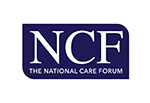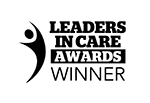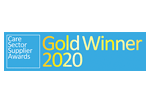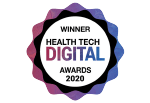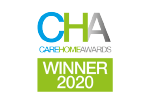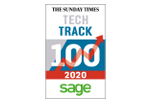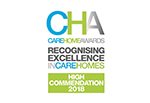![]()
Published in HealthcareITNews, The Journal of mHealth, Care Home Professional
One of the UK’s leading providers of digital care systems is calling on the sector to be better prepared for the future by utilising agile technology that has been tried and tested throughout the pandemic - with 94% of users finding its coronavirus-specific features beneficial.
With the looming uncertainty of another UK outbreak of COVID-19, health and social care leaders are being encouraged to consider going digital in a bid to better cope with the drastic changes brought on by lockdown.
Having already had to adapt its Mobile Care Monitoring system to better support staff in care environments during the first wave of the virus, Person Centred Software is appealing for others to follow suit as the industry remains in a precarious position, offering a solution that has helped 85% of paper-dependent care providers switch to digital in less than 24 hours.
Throughout the last four months, its software, which is used in over 2,000 care homes across the UK to evidence care interactions via innovative icons, has seen the implementation of eight new features to help protect the elderly and vulnerable.
These included coronavirus reporting, staff coronavirus auditing, track and trace reporting, and its Relatives Gateway video link. Person Centred Software’s Care App was found to save each carer one hour per shift to complete administrative tasks, as opposed to how long it would take using paper, which is crucial at a time when staff absence and agency usage are on the increase.
A survey carried out by Person Centred Software on its customers in July found that 83% of care providers valued how well it had responded to sector and individual needs during the pandemic, with more than 87% of providers finding its coronavirus action icon useful. Furthermore, 88% of providers found its care monitor invaluable for real-time monitoring, especially as it can be accessed remotely if required.
One care group, Crabtree Care Homes in West Yorkshire, described how the Mobile Care Monitoring system’s new features helped to prevent the spread of the virus and aided in the group’s swift recovery and increase in occupancy.
David Crabtree, owner of Crabtree Care Homes, said: “Initially, the official symptoms released by the NHS did not include the different signs and symptoms in the elderly. Many of our residents who contracted coronavirus, for instance, said that they had pain in their legs. We discovered that this first sign was due to restricted breathing, so without accurate recording using the system, we would have missed three days of symptoms in our residents.
“If you want to protect residents and prove your service’s quality of care to adult protection, CQC, and other external bodies, you’ve got to be recording at the point of care. Using technology is the only way that this is possible.”
Due to lockdown restrictions, Person Centred Software also made its Relatives Gateway feature - an online portal enabling relatives to stay in contact with their loved ones - free for sharing messages, photos and video links. This decision led to a 50% increase in usage of the feature, with over 5,200 people using it on a monthly basis at the height of the pandemic.
Heidi Thomas, Head of Marketing at Person Centred Software, said: “With the Government wanting us to be ready for the possibility of a second wave, as an industry, we must be prepared for the worst-case scenario. The flexibility of technology in care environments has equipped providers with the best tools possible to protect their residents – as circumstances drastically change, so does the technology. Unfortunately, those who still rely on paper can’t be as agile and we encourage them to rethink their administration processes, especially if they were hit hard by the pandemic the first-time round.”
During a recent webinar, Sue Howard, Deputy Chief Inspector of Adult Social Care at CQC, said: “Our guidance to staff is really clear; we are in a digital age. It is absolutely right and proper that care providers are using innovative, digital ways to improve their services.”
Heidi concluded: “With technology currently being the largest contributor to innovation in the UK, and with winter and the pressures of flu season just months away, now is the time to go digital. We want to ensure everyone in care has the best chance to fight through this pandemic, and technology is going to play a key role in achieving that.”



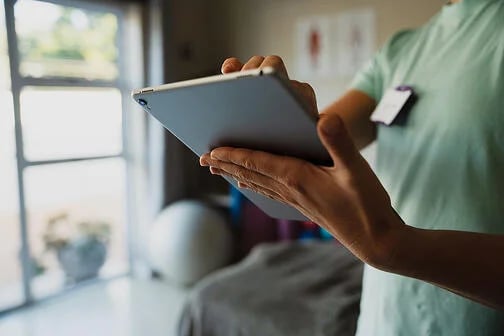
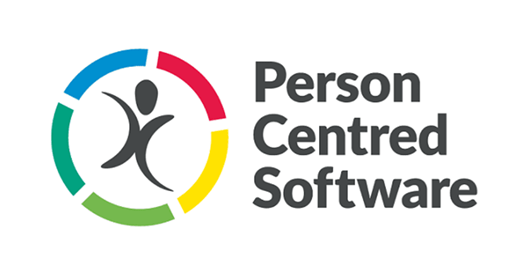


.webp?width=80&height=80&name=HTD%20Awards%202023%20Badge%20(4).webp)




